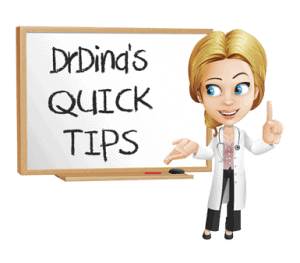When Should Children See The Pediatric Eye Doctor For The First Time?
Vision is key to your child’s success in school and learning. 1 in 4 school aged children have vision problems that go undetected affecting learning abilities,social development and adjustment to school. Outside of school, vision is also very important in sports and play. Eye hand coordination and being able to see well makes recreational activities that much more fun.
Studies have shown more than 10% children who pass screenings actually need treatment for a visual condition.
Children are recommended to see the general or pediatric eye doctor and have their first check up between 6 to 9 months of age, then by 3 years old, and every year while in school. Surprisingly this is news to many parents. Often a quick vision test at the pediatrician’s office or a school’s vision screening is mistaken for complete vision assessments. Vision screenings are helpful but it can miss many serious vision problems an optometrist can detect. Studies have shown more than 10% children who pass screenings actually need treatment for a visual condition.
Children do not need to know their letters or numbers in order to have a proper examination. Believe it or not, our little patients don’t even have to be verbal.
Another misconception a lot of parents have is children need to know their alphabet to do an eye test chart or colour blind test. Children do not need to know their letters or numbers in order to have a proper examination. Believe it or not, our little patients don’t even have to be verbal. There are many different ways to determine if a child’s vision is functional and developing properly. Many children friendly offices can accommodate and adjust their exams to the specific needs of their patients.
As 80% of children’s learning comes directly from vision, the importance of annual exams by an optometrist is ever so important.
As 80% of children’s learning comes directly from vision, the importance of annual exams by an optometrist is ever so important. Fortunately, if you are living in Ontario, children under the age of 19 are covered annually by Ontario Health Insurance Plan (OHIP) for a complete exam. This good practice also ensures the doctor has a baseline to compare future progress against and develops a relationship should you need same day care or treatment for urgent issues such as eye infection or eye injury.
Signs that may signify a vision concern
- Eye rubbing, one eye more than the other
- Squinting or tilting the head to see better
- Going close to objects (sitting close to television, pulling books up close)
- Sensitivity to light
- Losing place when reading and using finger to guide
- Avoiding near activities and short attention span
- Complaining of headaches or eyestrain
- Obtaining lower grades than expected
Quick Tip
-
Book children’s exams after nap or meal times.
-
Make going to an eye doctor a fun outing; most of the exams are just fun games.
-
If your child is 3 and hasn’t had a complete eye exam, book one before school starts.
-
Remember yearly exams are important, even if you don’t suspect any changes or issues.
Does your child have symptoms of pink eye?











